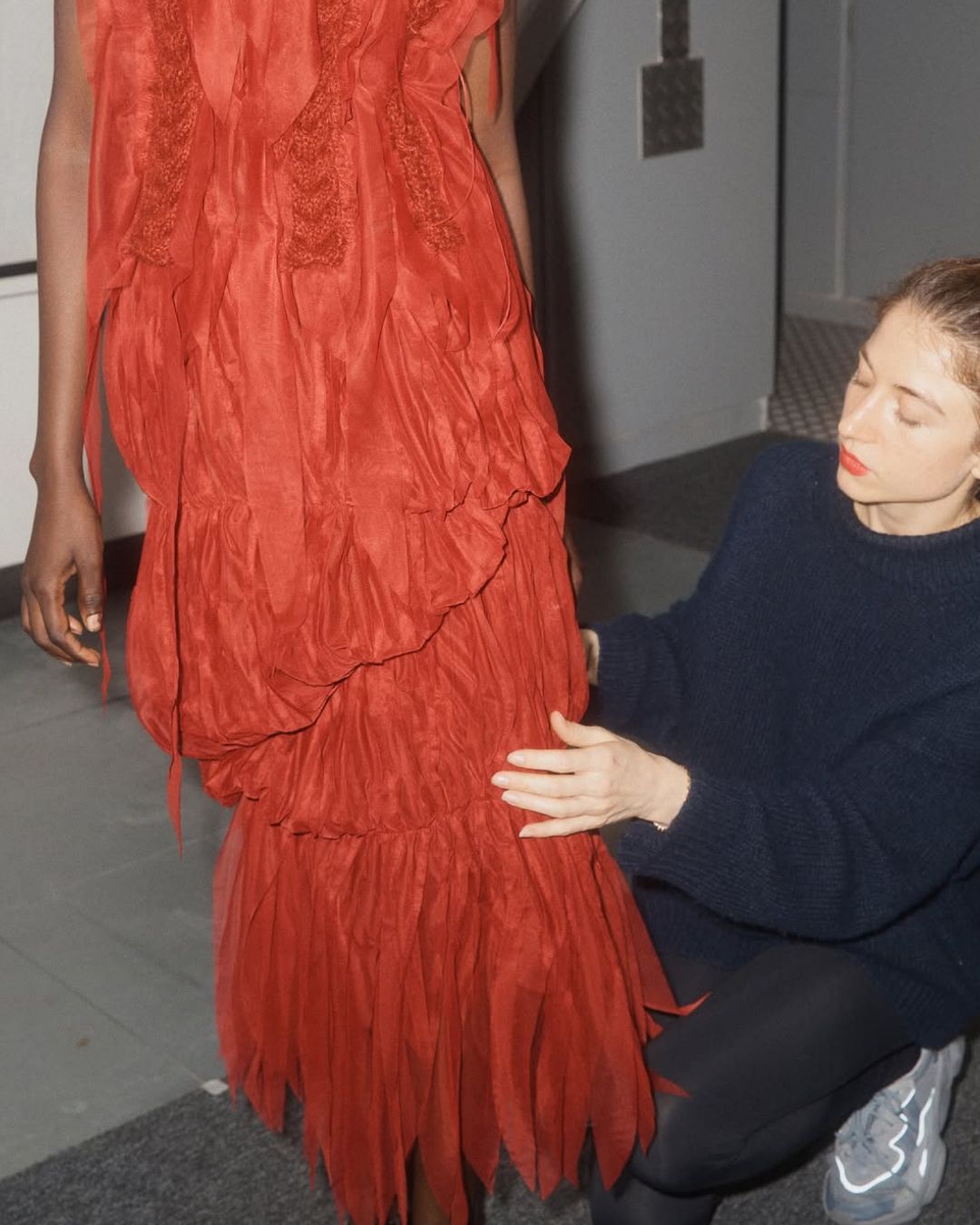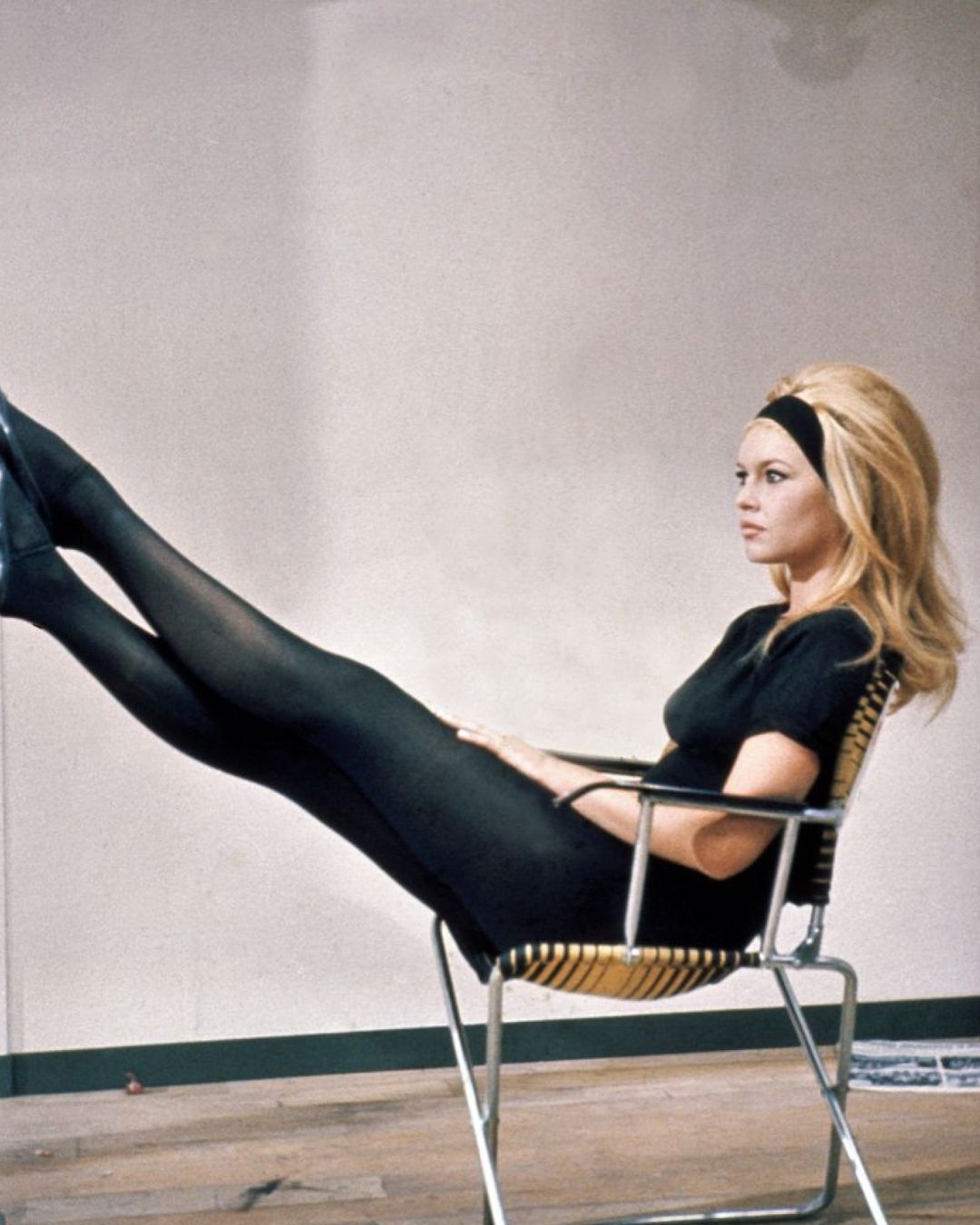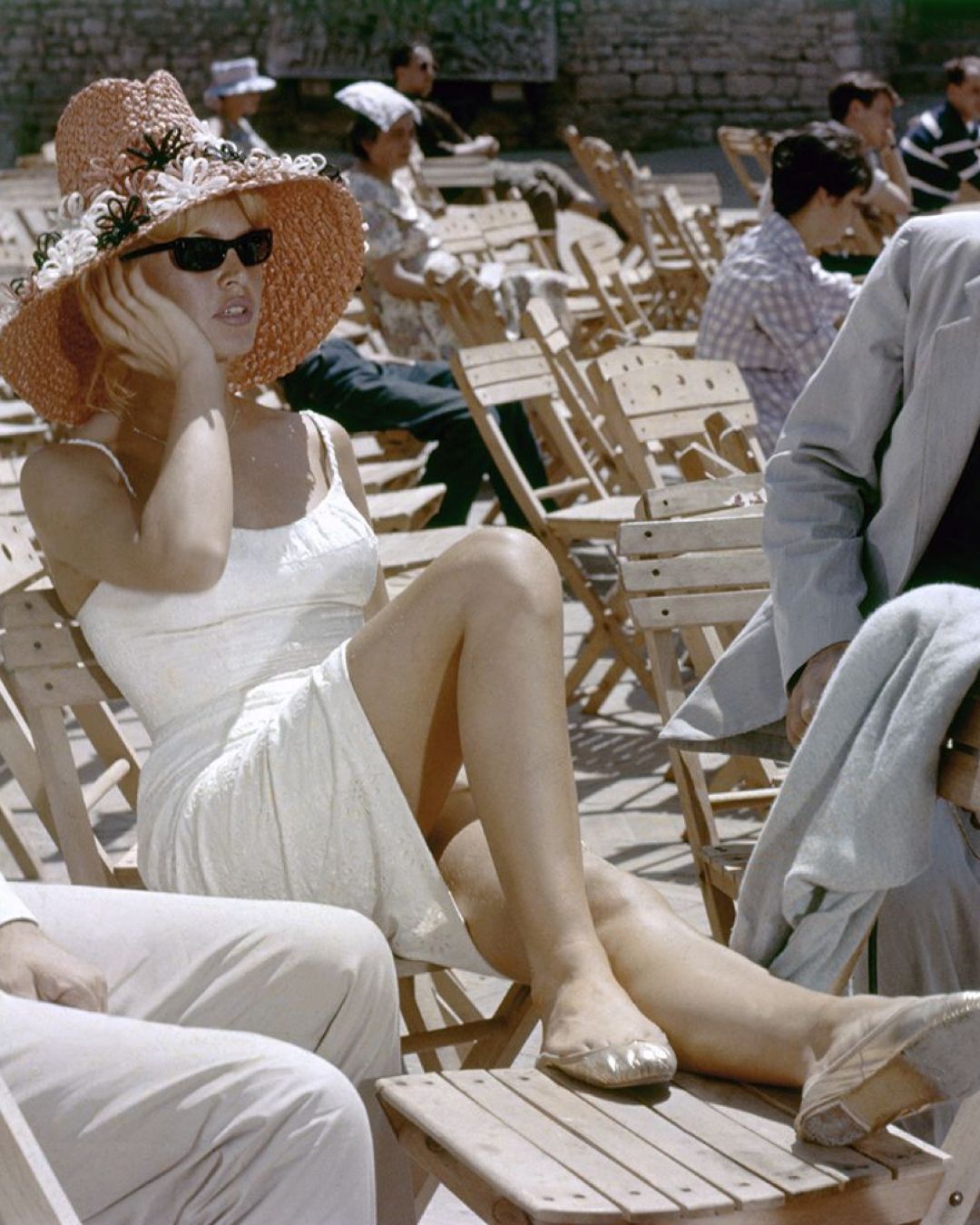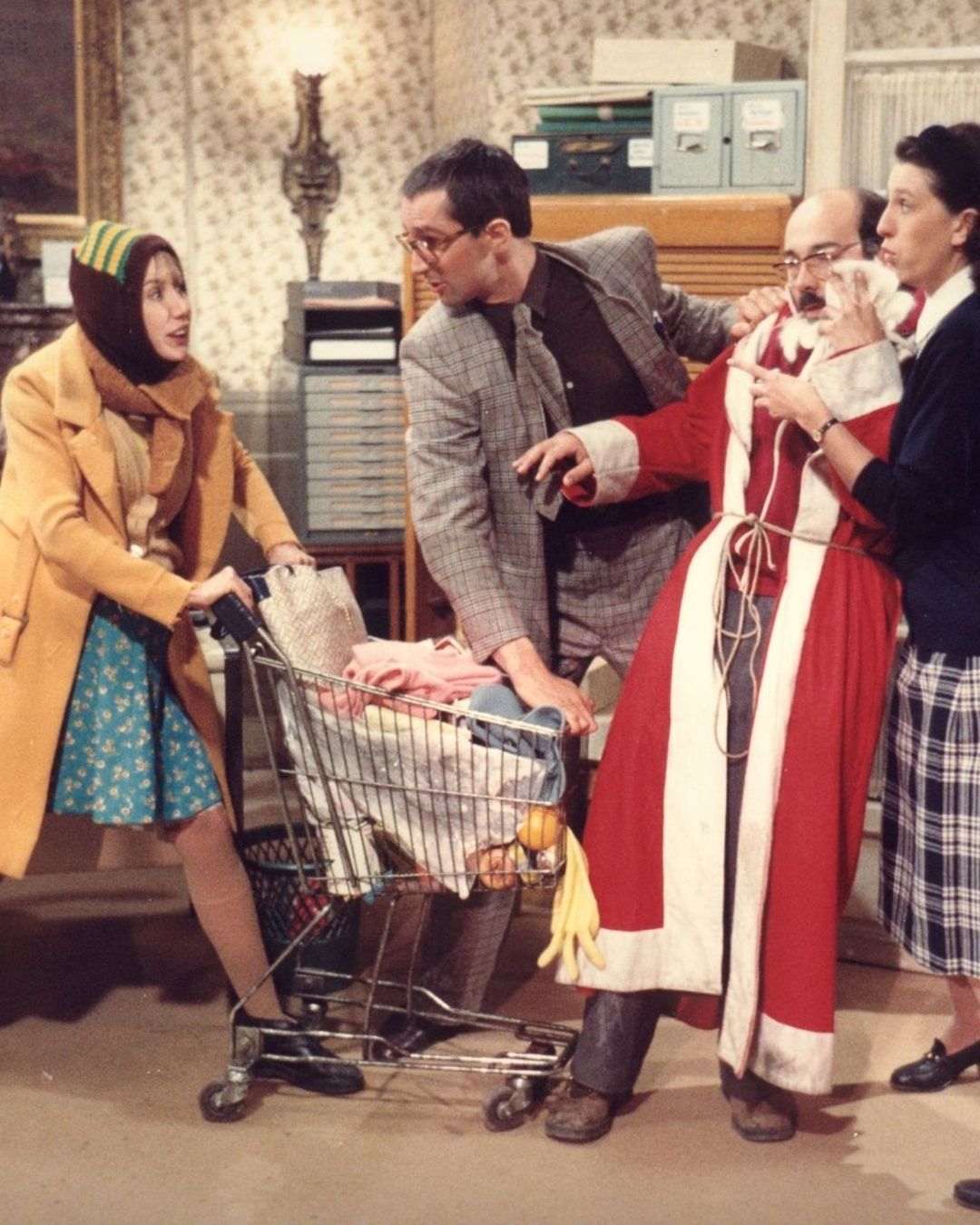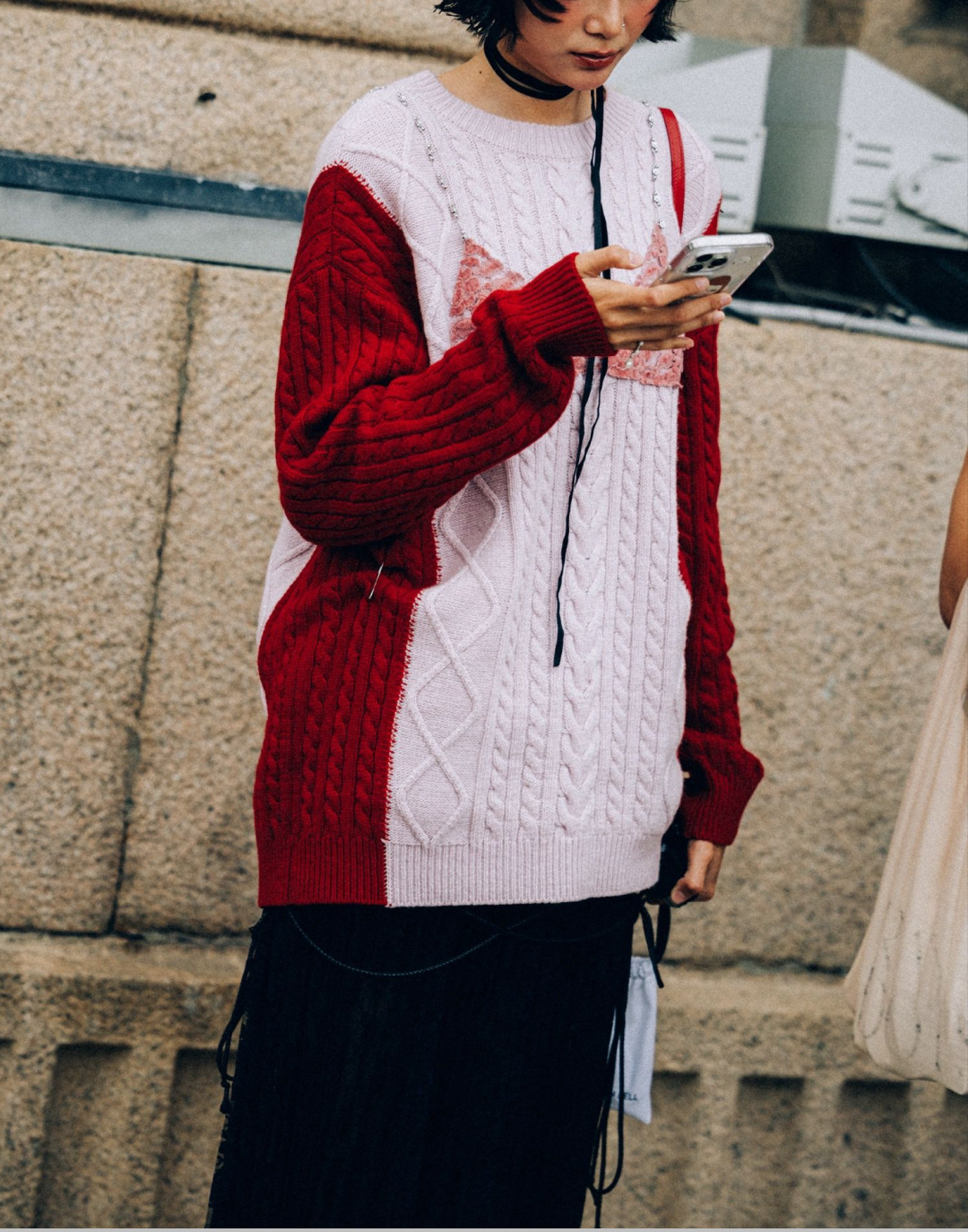
It's not true that Gen Z no longer reads They just changed the way of doing it
It is believed that the internet has reduced our attention span, the timeless power of a printed book, the silence, and the ability to immerse ourselves in a story, detaching from everything around us. Today it's impossible to fully disconnect, but that doesn't mean that Gen Z, or even Gen Alpha (born between 2011 and 2024), are not or cannot be capable of enjoying reading. The medium simply changes. In many cases, electronic devices can represent a new and prolific form of attention, rather than a hindrance—made up of many small compartments in our brain that continuously open and close. Every historical shift and transition from one medium to another has always sparked fear and dismay among the nostalgic. First in the fifteenth century, with the advent of print, and then with television, which was immediately labeled as a weapon of mass distraction without any pedagogical or cultural growth purpose. The same happened at the beginning of this millennium, with the arrival of the internet. New media have always been viewed suspiciously by those who were masters and connoisseurs of the medium that was disappearing, but today we should be aware that it is normal to read the first three lines of an article, reply to an email, check WhatsApp, and return to the article page, saving it to fully read it later at home. It's a new kind of behavior that doesn't kill focus or the love of reading—on the contrary: it reinvents it.
It's interesting how people on Substack are significantly less rude and hostile than all of the other social media platforms, it's almost as if people who still read are also preserving a sense of empathy and humanity within them, too
— Laura Matsue (@lauramatsue) May 13, 2025
We have proof that younger generations still read, right before our eyes—both in the volume of content consumed (see the boom of platforms like Substack), and in the interest in literature we see on social media. There's no need to separate a dense text from a caption—if we change our point of view, we might consider ourselves as one of the generations that writes and reads the most. Look around: tapping on the screen is the most performed activity and the attention we give to that screen deserves no less than that given to a book. And when you see someone wearing headphones, more than music, perhaps they’re listening to an audiobook or a podcast. Whether it’s a trend or an aestheticization of culture, the numbers and research on the topic tell us the opposite of a slowdown. According to a survey conducted by Portland State University for the American Library Association, 61% of Gen Z and Millennials read at least one book in the past year—whether physical, digital, or audio—and even 57% consider themselves actual “readers”! The curious part is that among the 43% who don’t identify with that label, some read more printed books monthly than the general average. This happens because we struggle to define ourselves as real readers—there's fragmented activation: scrolling Instagram, organizing a work group, sending a meme to a friend. Then we continue reading. But the numbers and demonstrations, online or offline, are growing— from book clubs to post-pandemic phenomena like BookTok.
@sisiliareads written & translated by women from different countries #booktok #bookrecommendations #literature #bookish Guilty as Sin x About You - molanazhr
These behaviors, while on one hand allow us to recognize that reading and writing are not declining practices but rather true trends in transformation, also impact the physical spaces where these experiences are gathered and where we are forced to be together—even if it’s sitting next to each other exchanging memes. Romanticism aside, it’s still an exchange. Libraries and other reading spaces are experiencing a real boom, becoming more and more frequented. And above all, they are becoming social spaces in every sense—safe environments where one can go simply for the pleasure of being there and, perhaps, meeting someone or joining an event or activity. Miu Miu, one of the most beloved luxury brands among younger generations, is basing its success on the aesthetics of the library look and student style, followed by initiatives like the Miu Miu Literary Club, held for the second edition during last April’s Fuorisalone, or the traveling initiative Summer Reads, which sets up temporary newsstands around the world distributing classics like The Forbidden Notebook by Alba de Céspedes, A Woman by Sibilla Aleramo, and Persuasion by Jane Austen.
@salamisammy all the tell-tale signs of a true expert @Bustopher Jonez #totebags #indie #fyp #outfit #reading original sound -
Like many initiatives, between consumption and reflection, fashion brand projects for literature should not be seen as exploitation but as a sign of a genuine desire for enrichment. Moreover, if aesthetics can help more people become passionate, then so be it. The best example of how much young people read is ultimately the simplest one: just think of when, during a discussion, someone is so convinced of what they’re saying that they grab their phone to verify that what they said isn’t a fake news. Even that quick reading is still reading—it’s also a moment of concentration. Whether it’s on a phone, an ebook, a physical book, or an audio version, the important thing is not to stop at the title or Instagram preview—keep reading.


